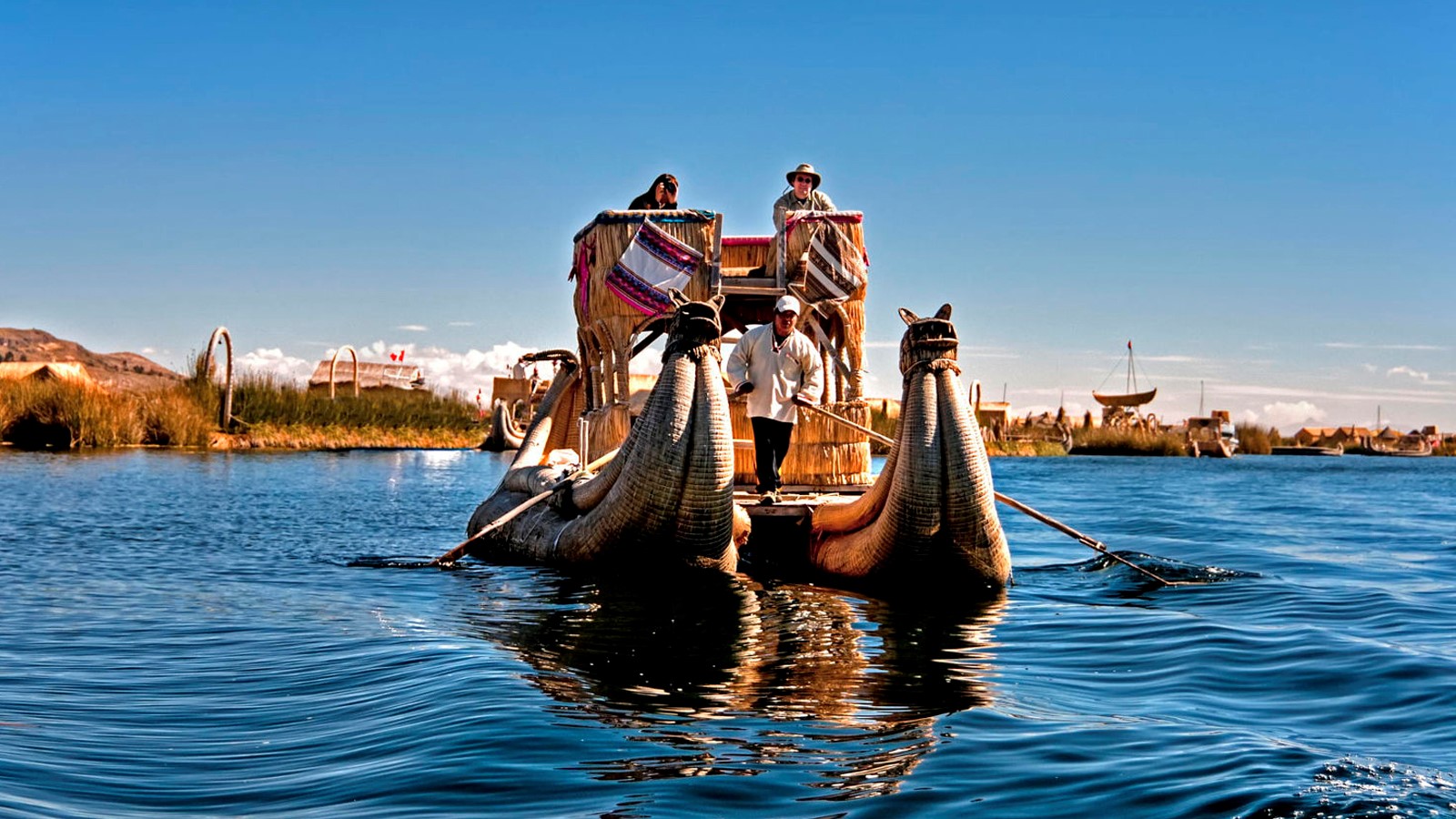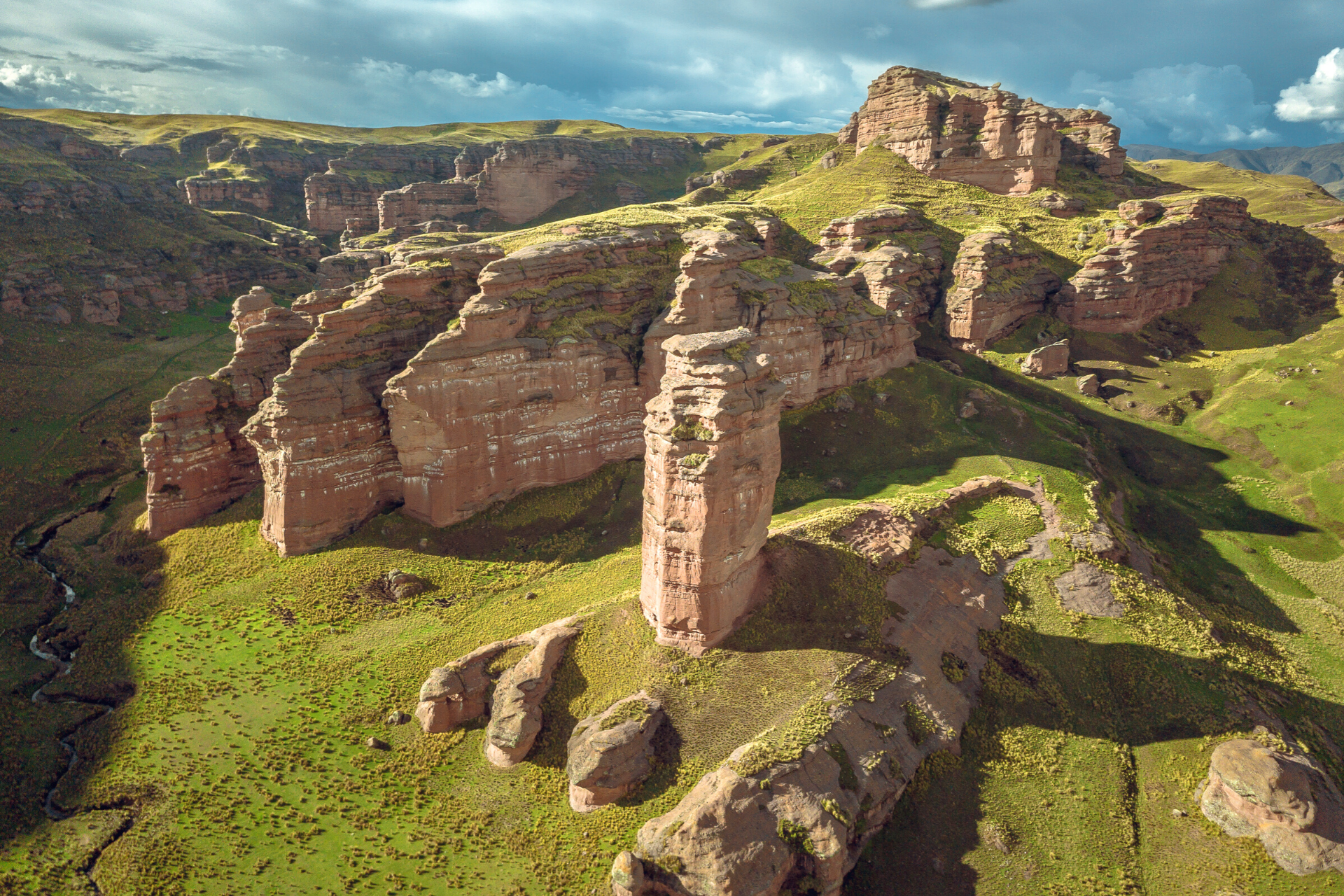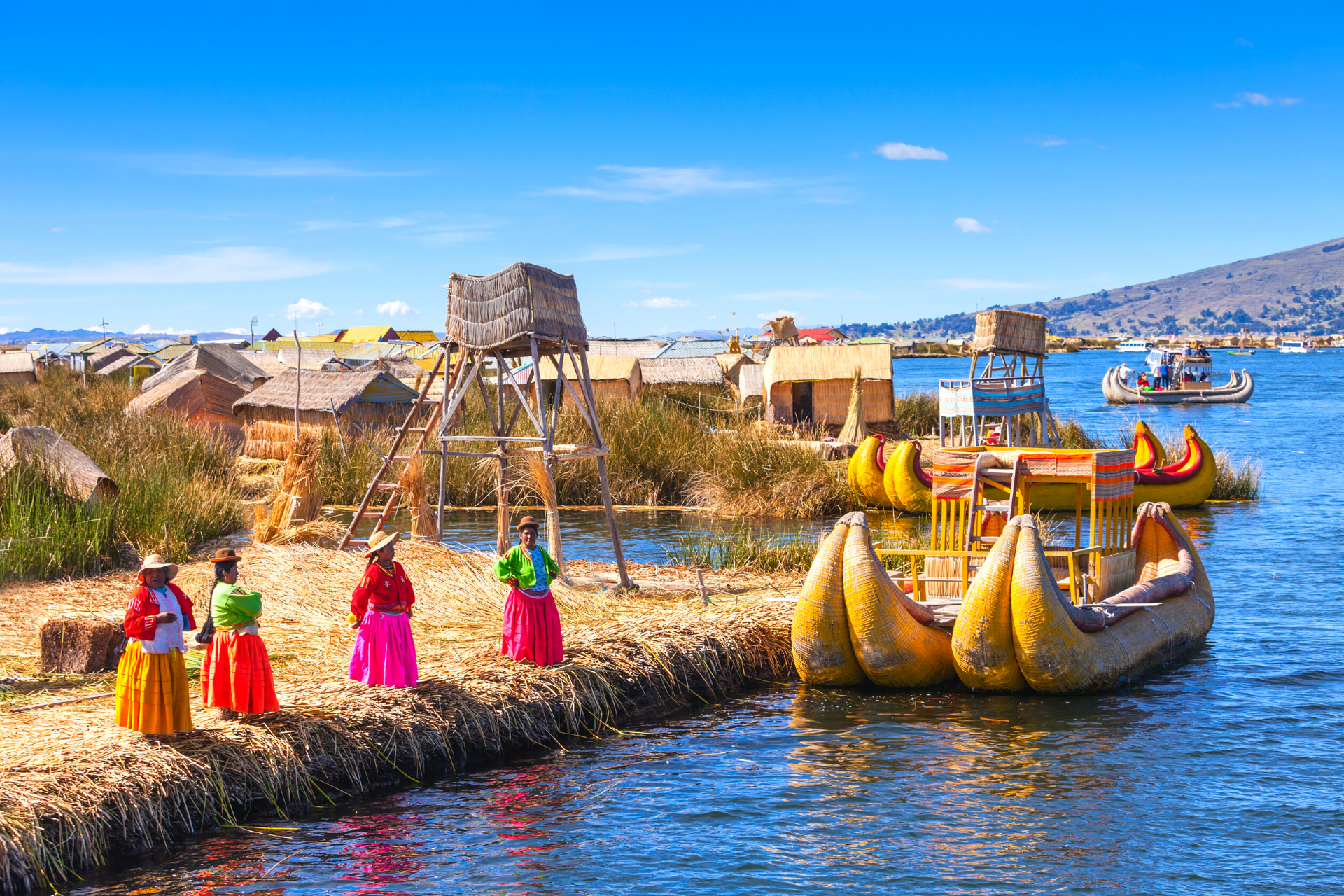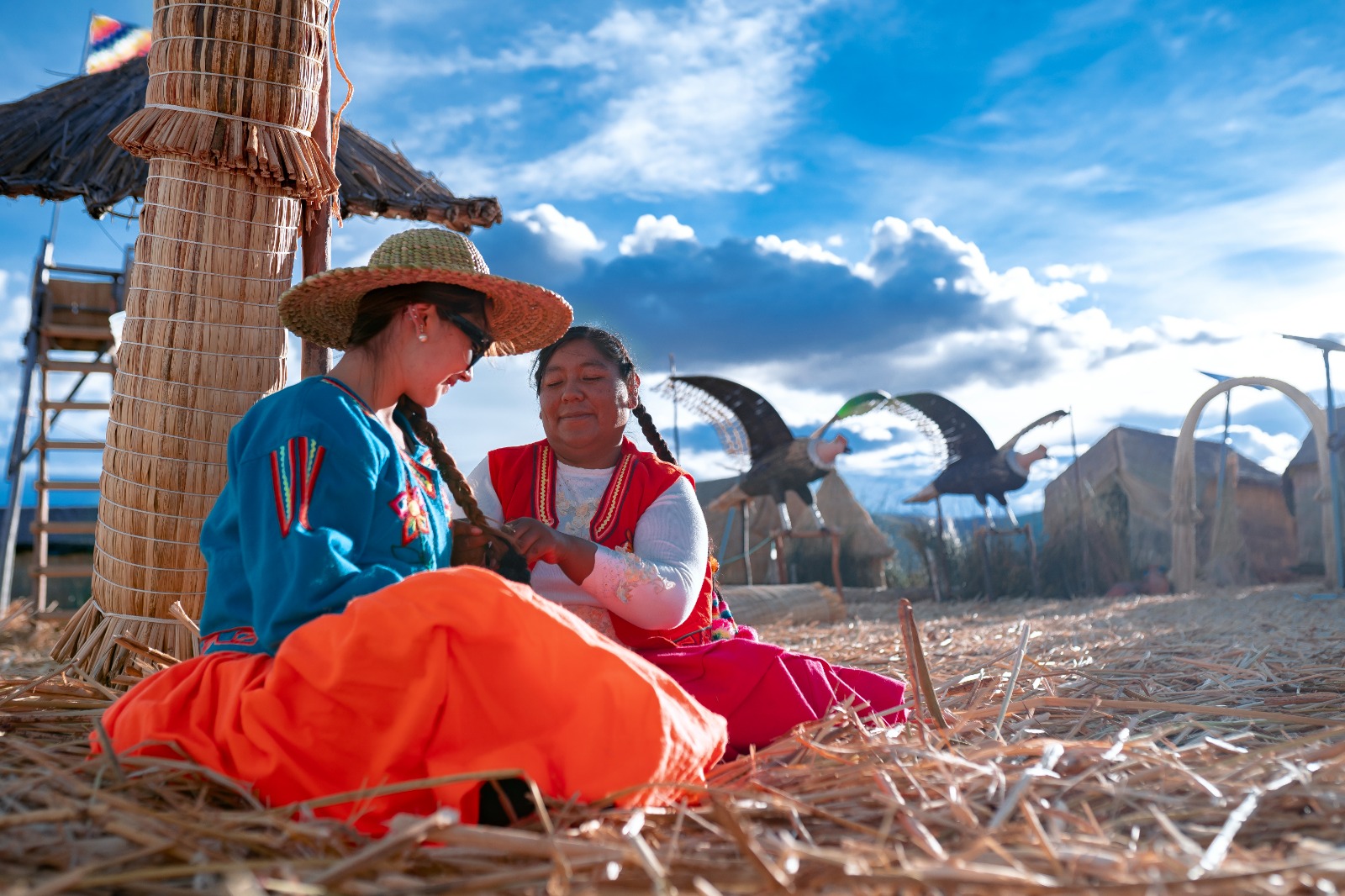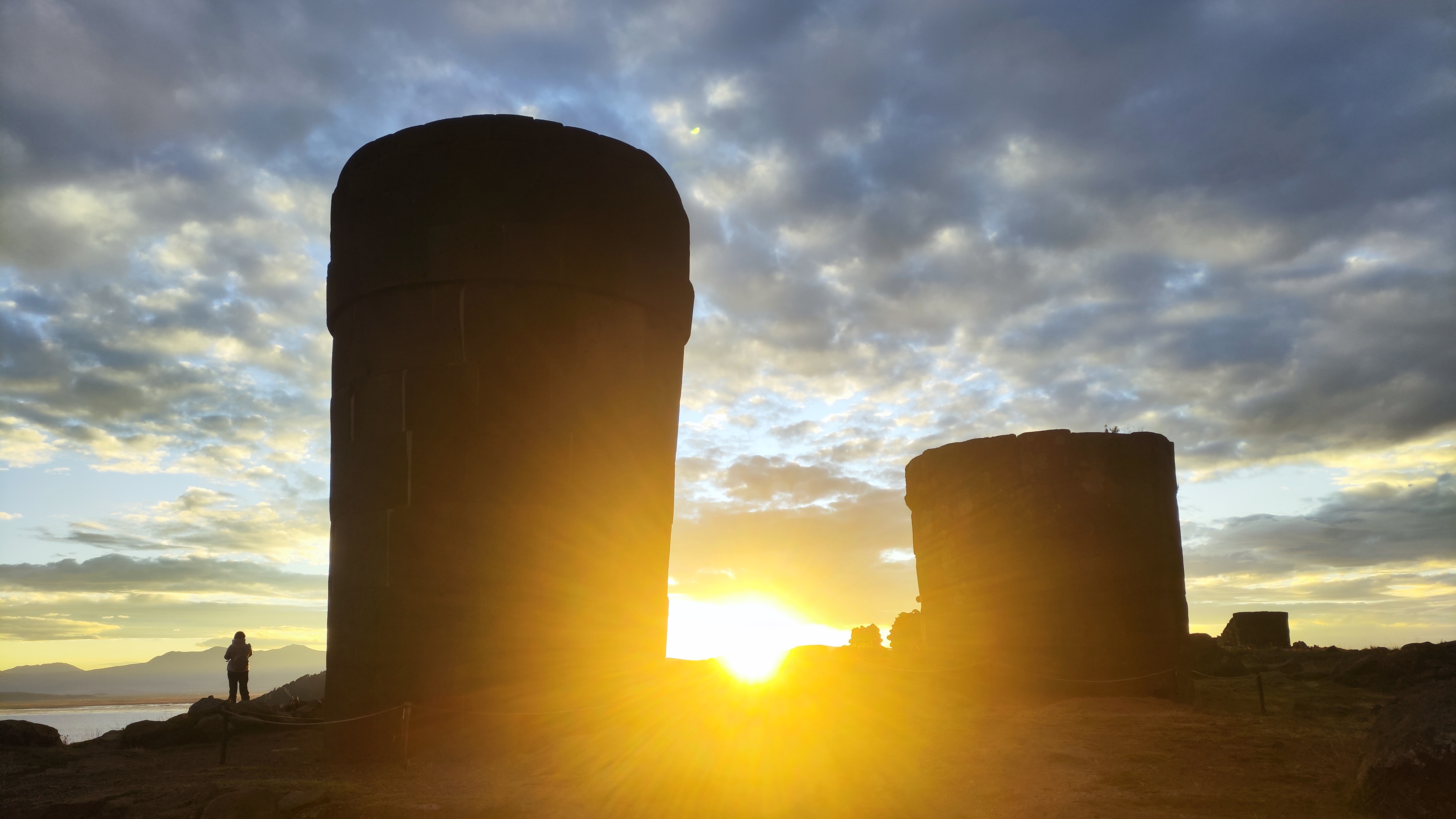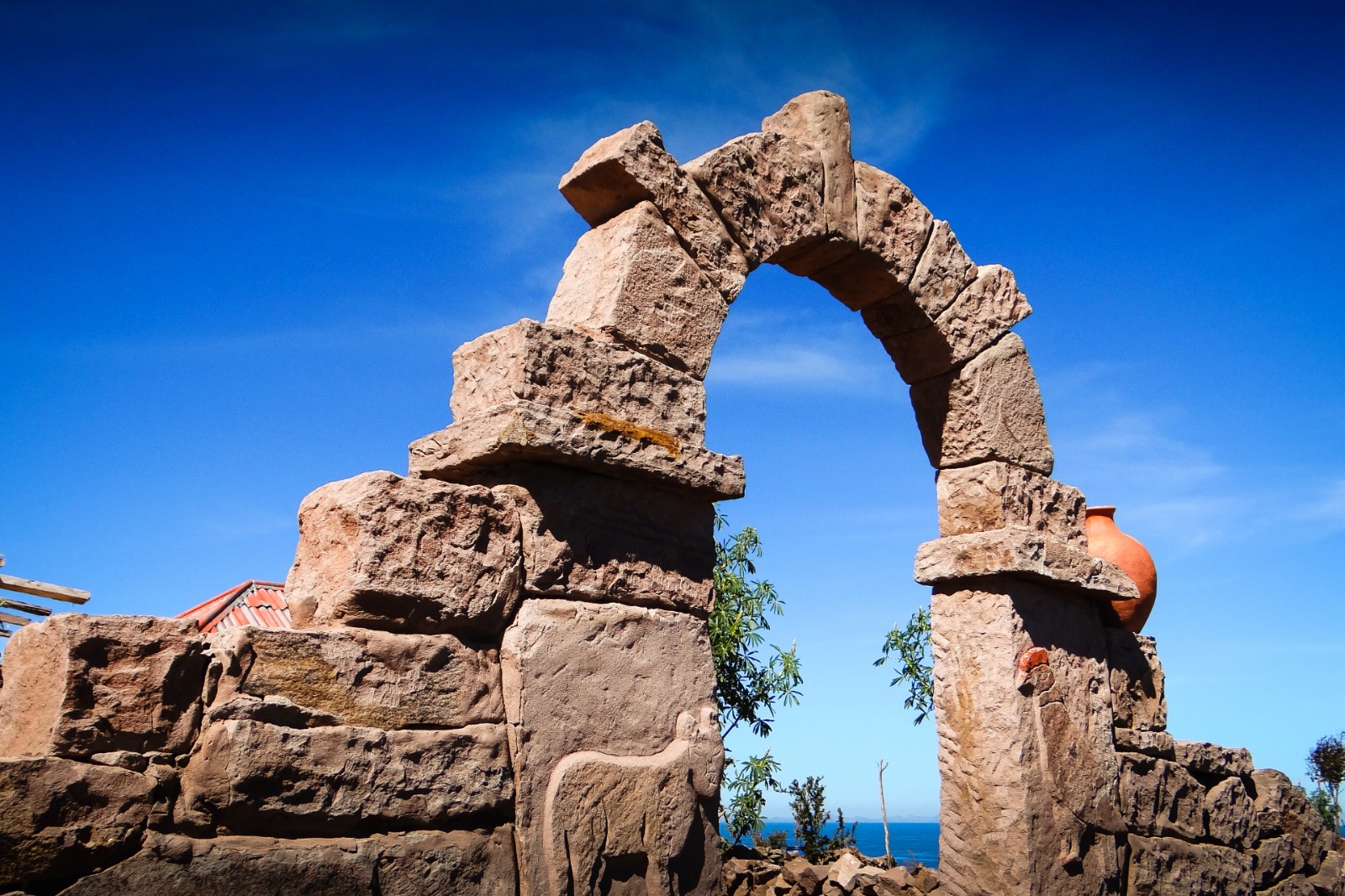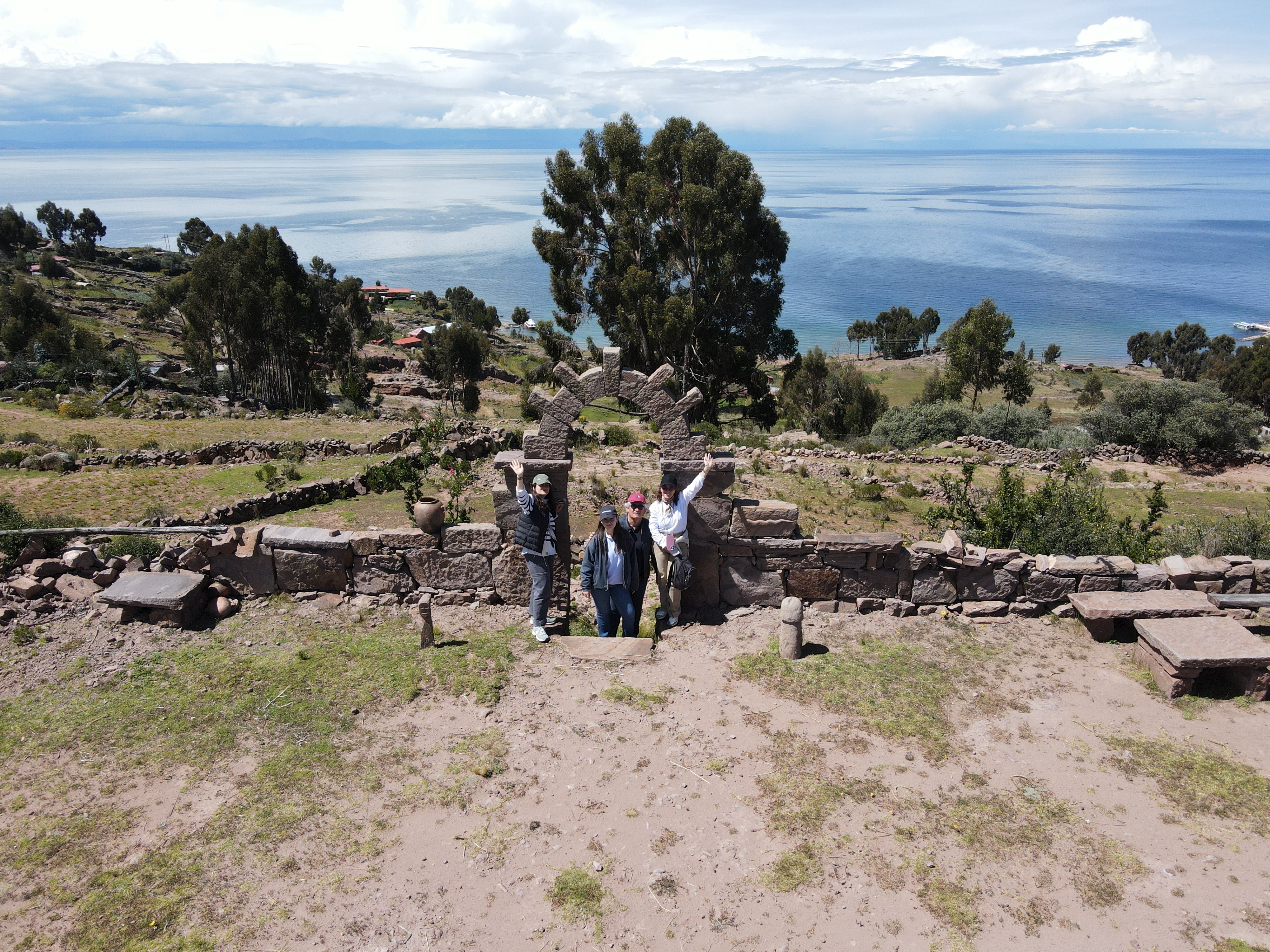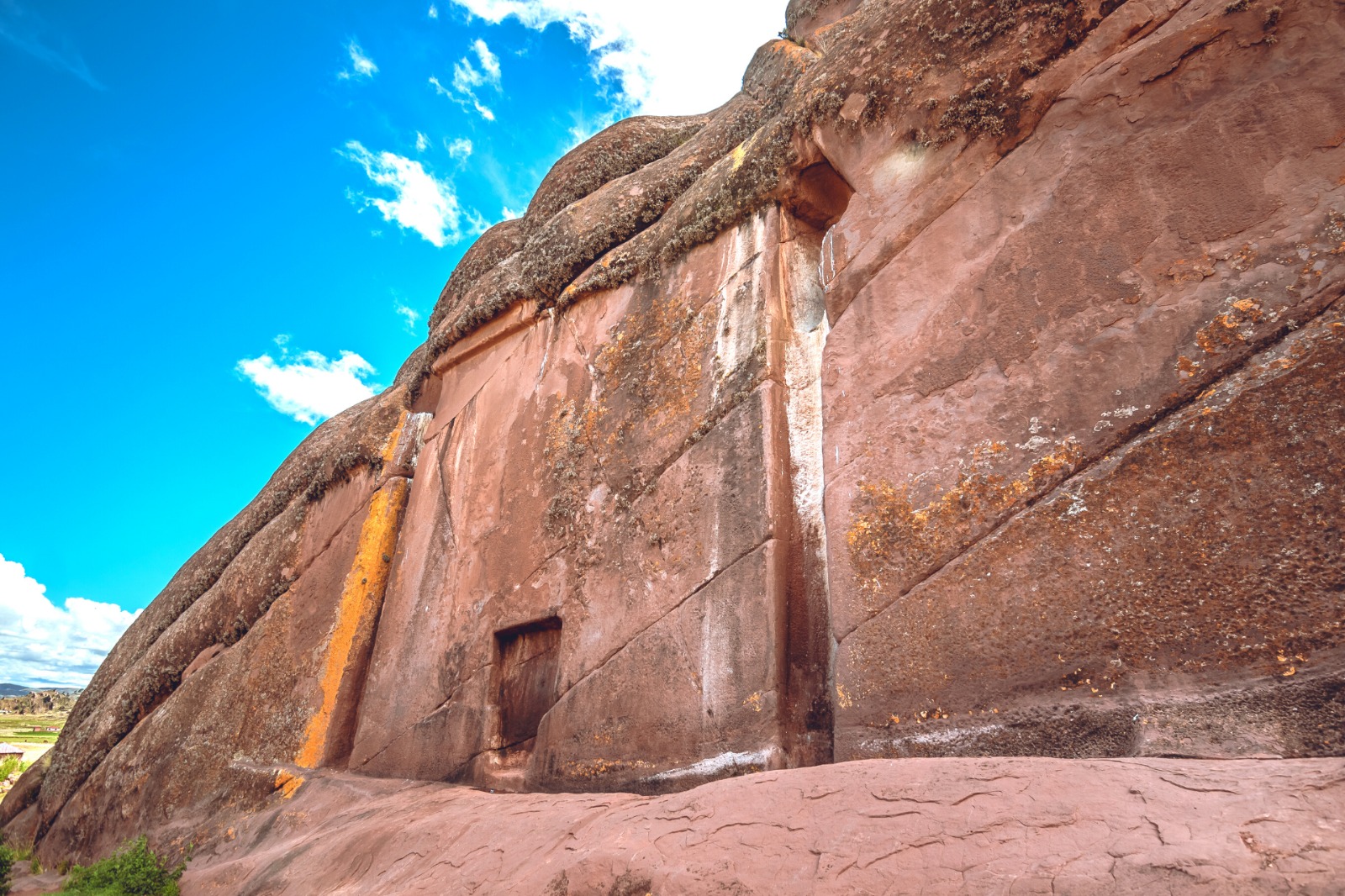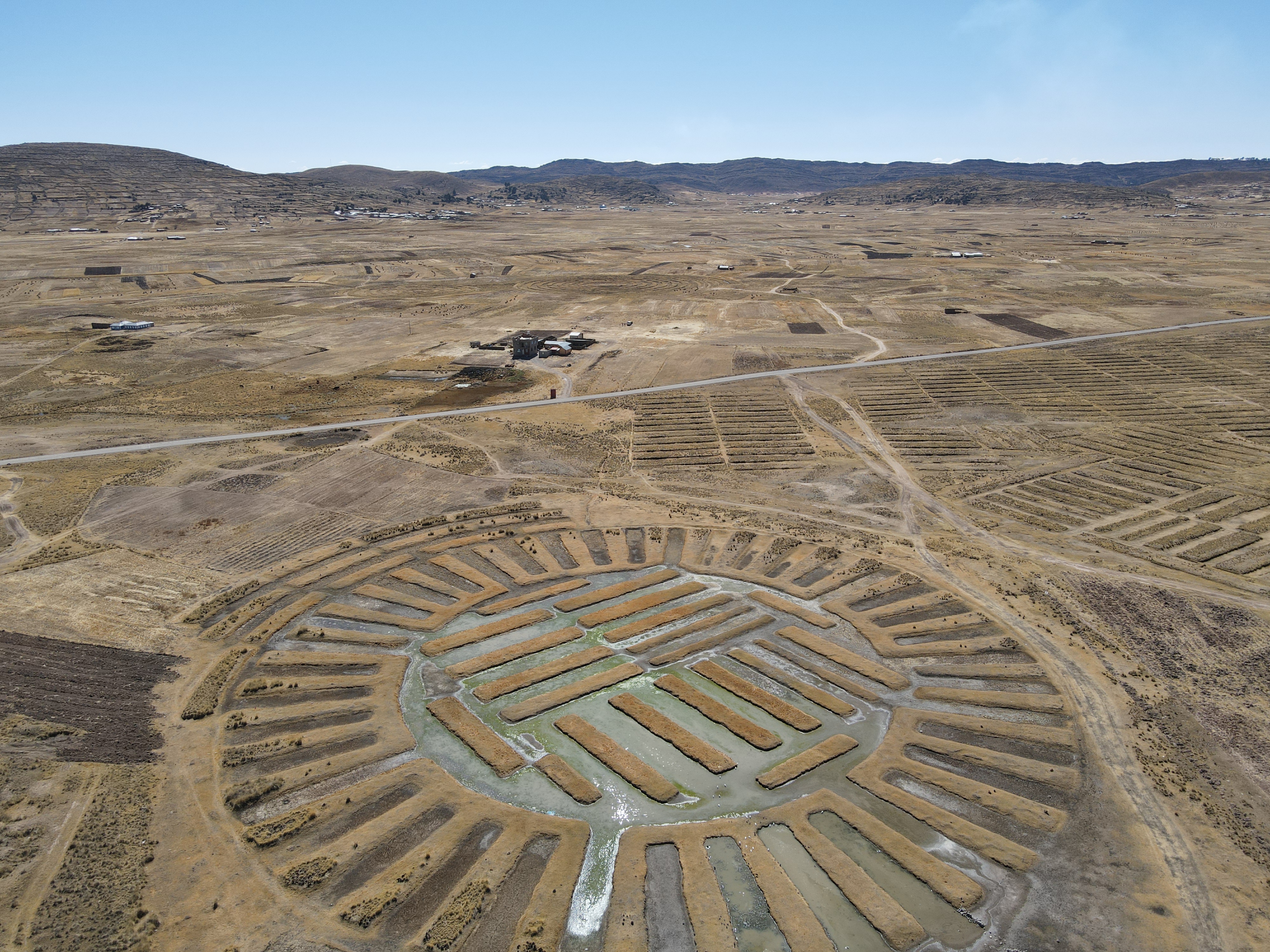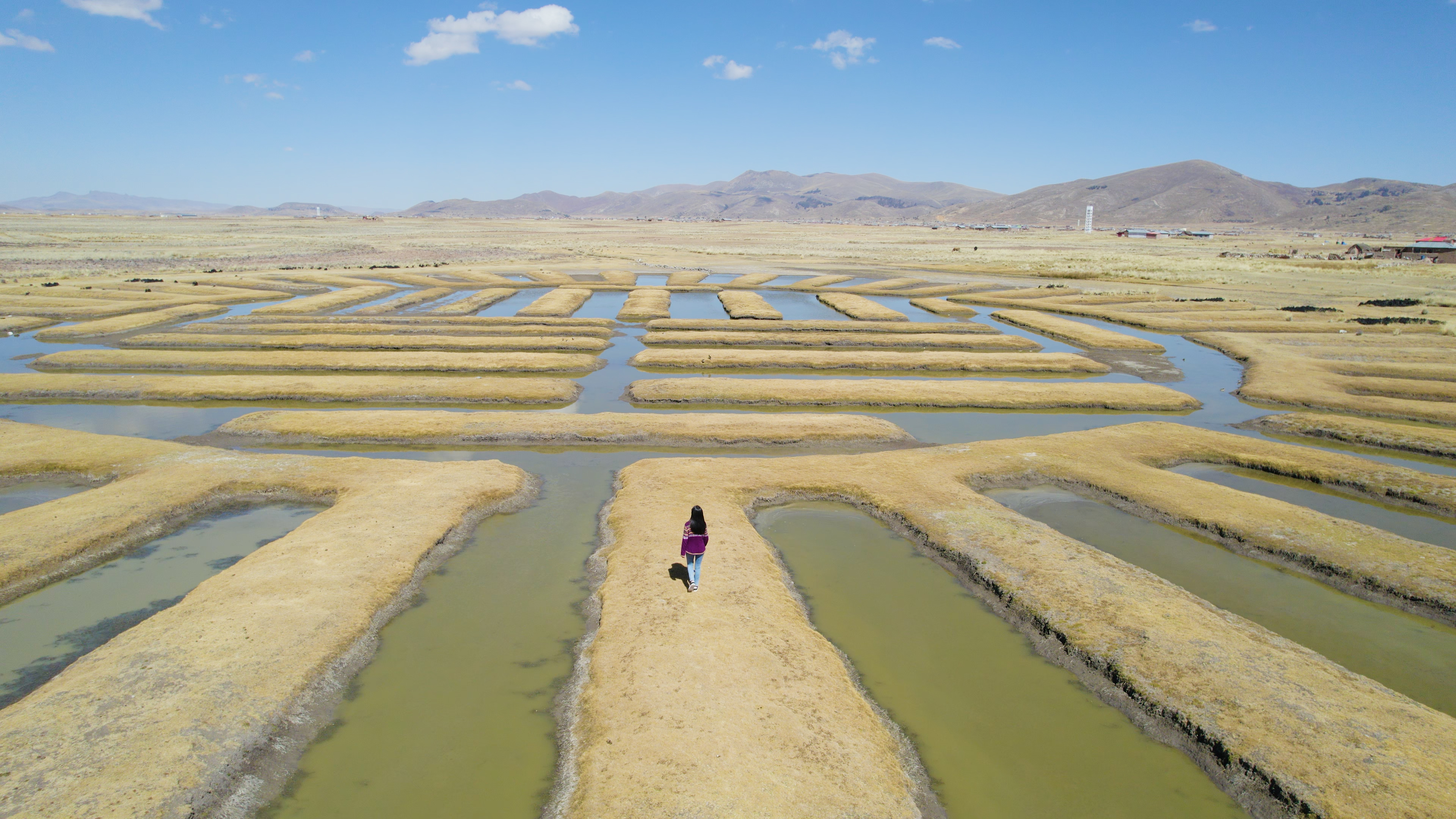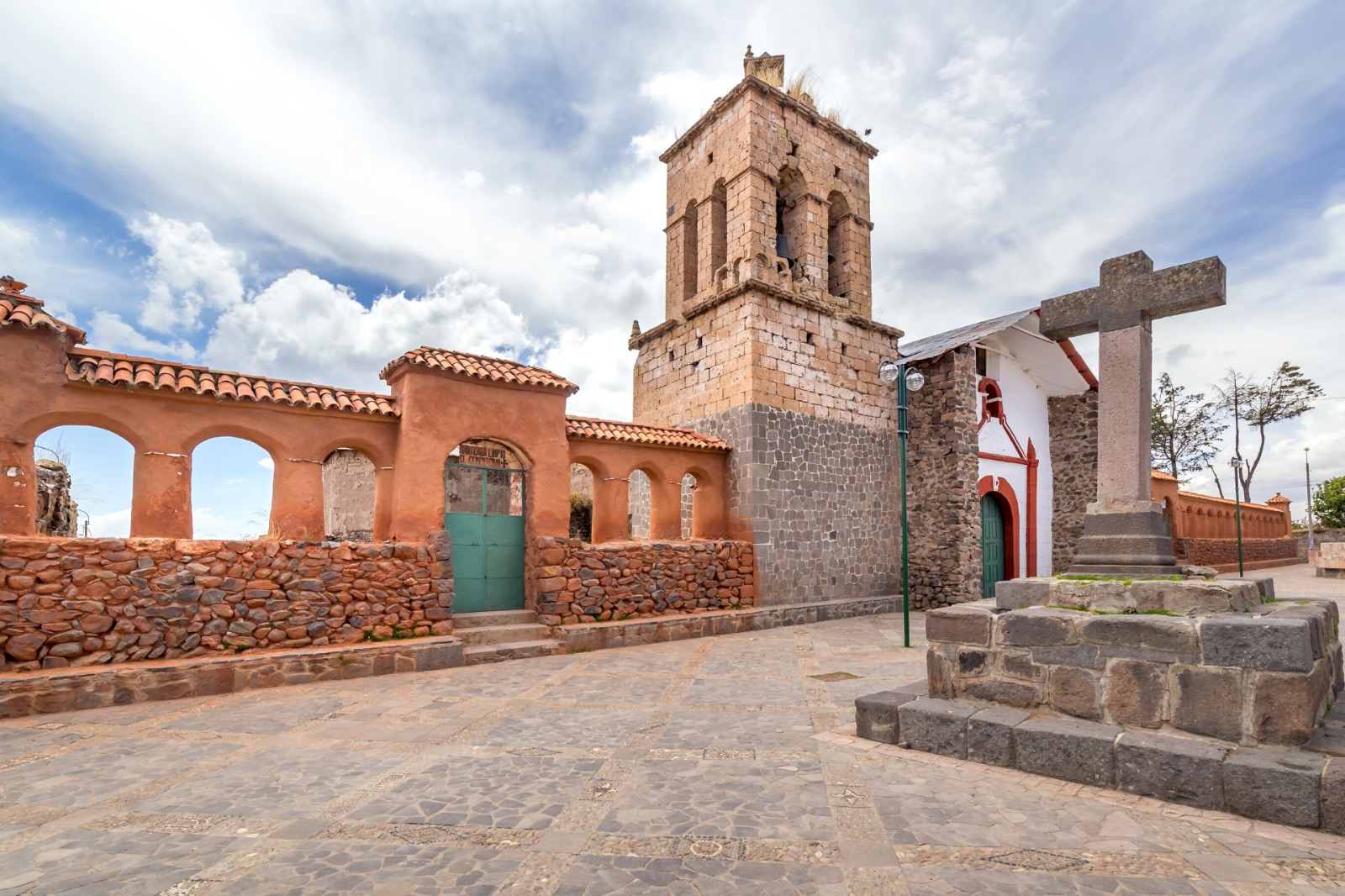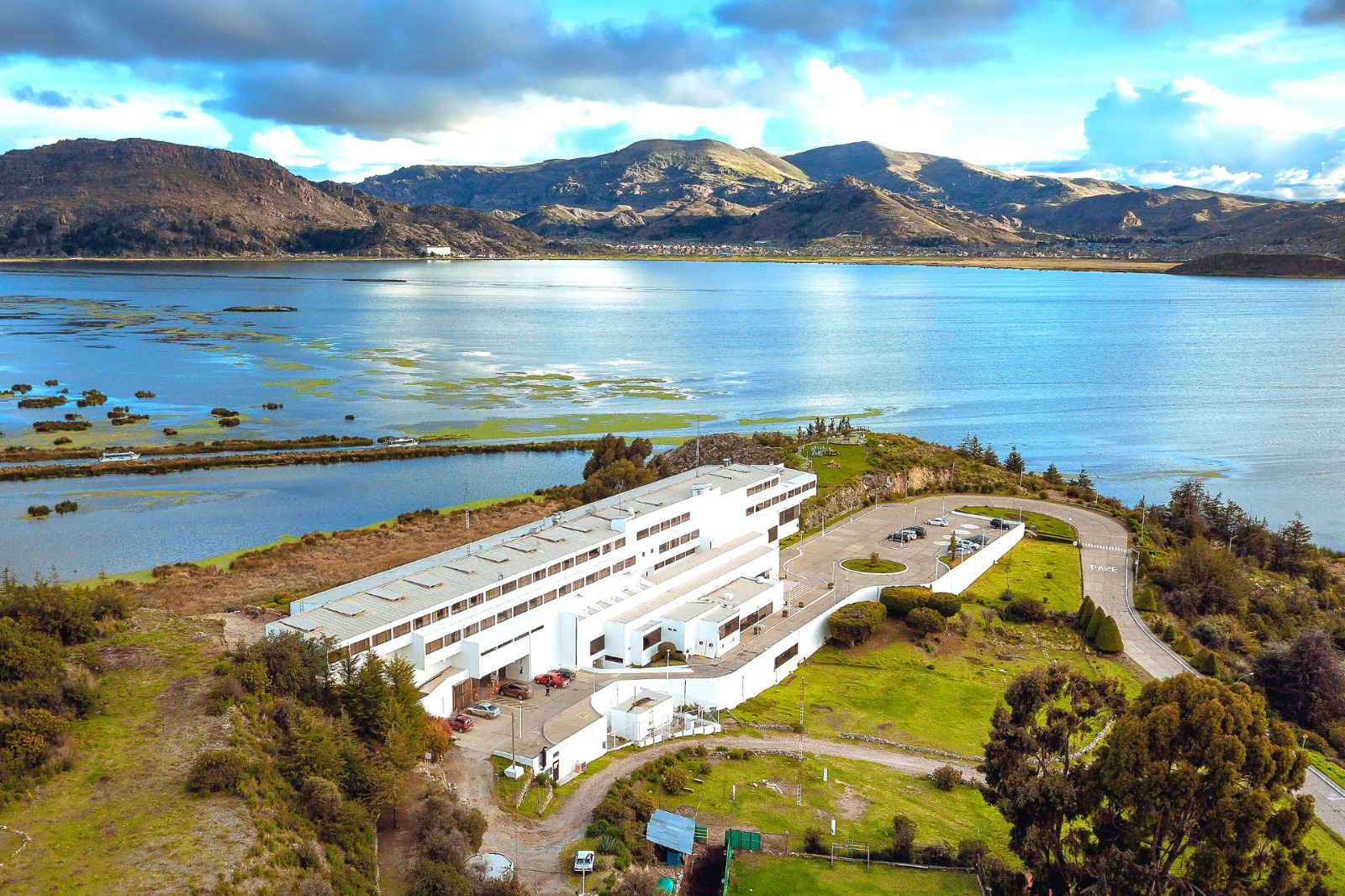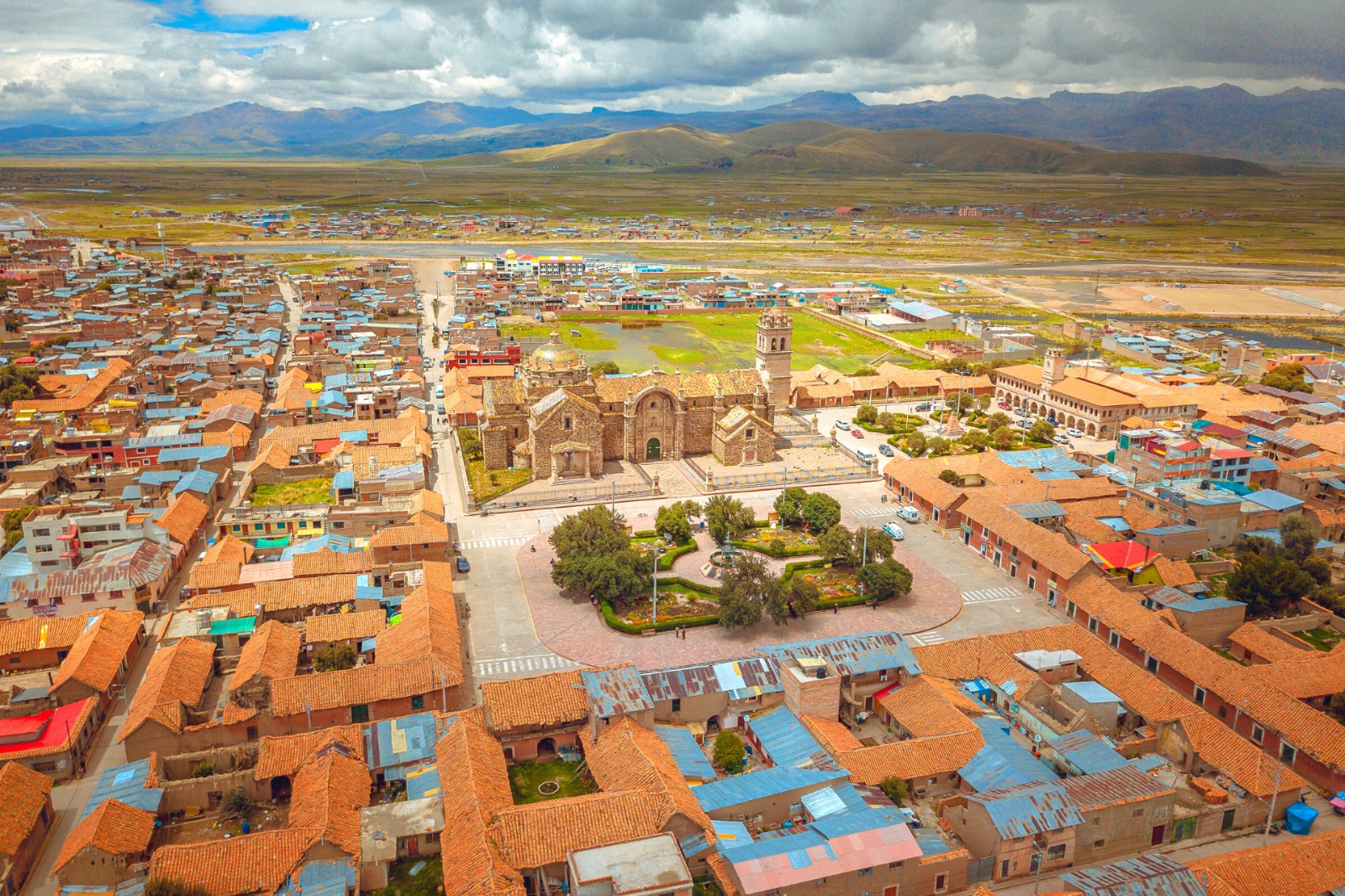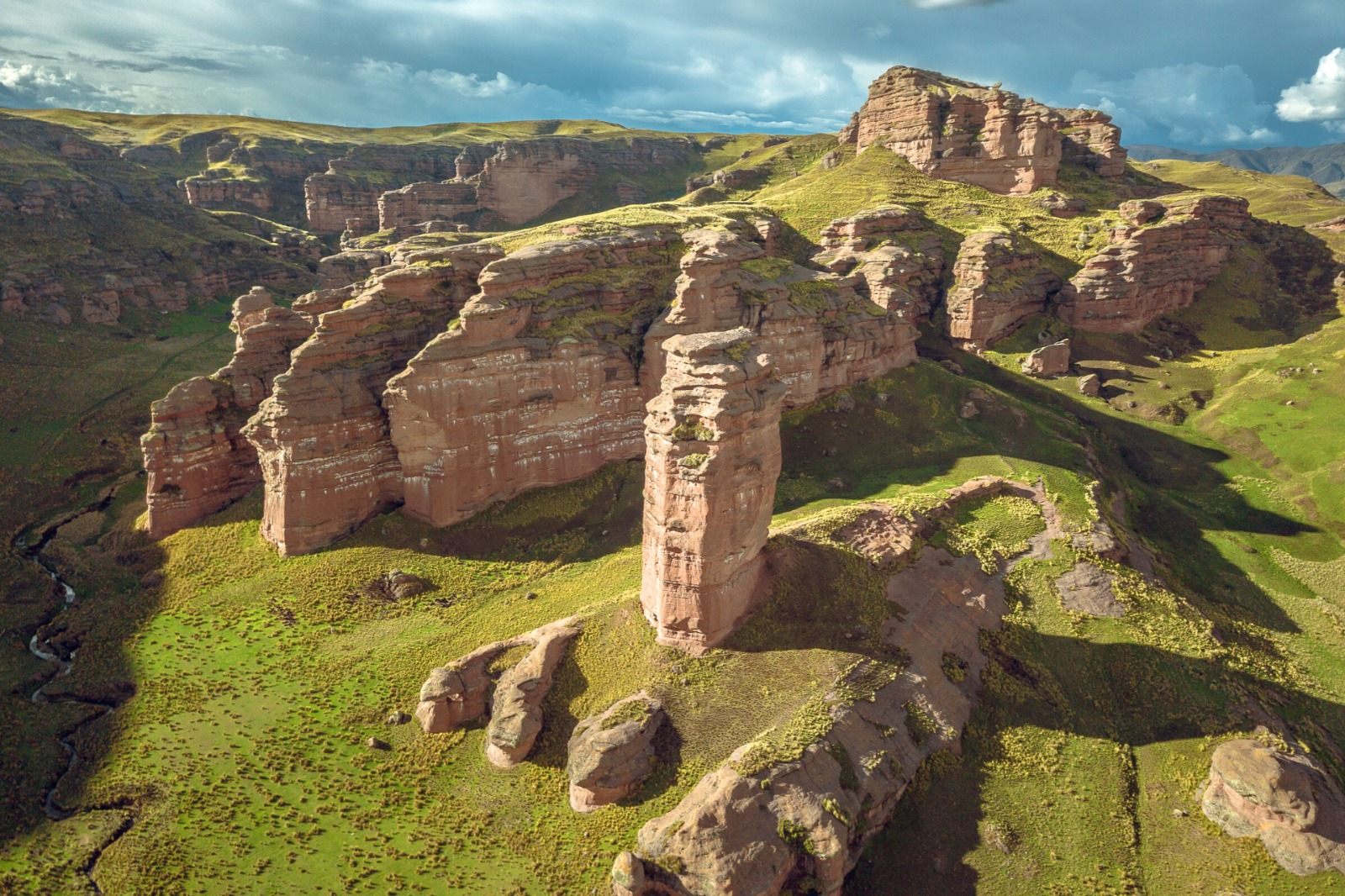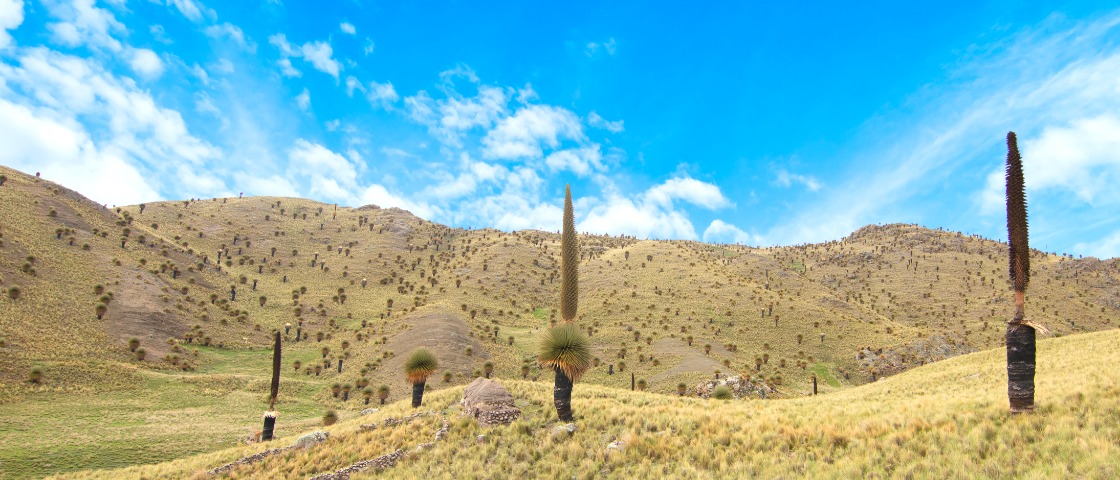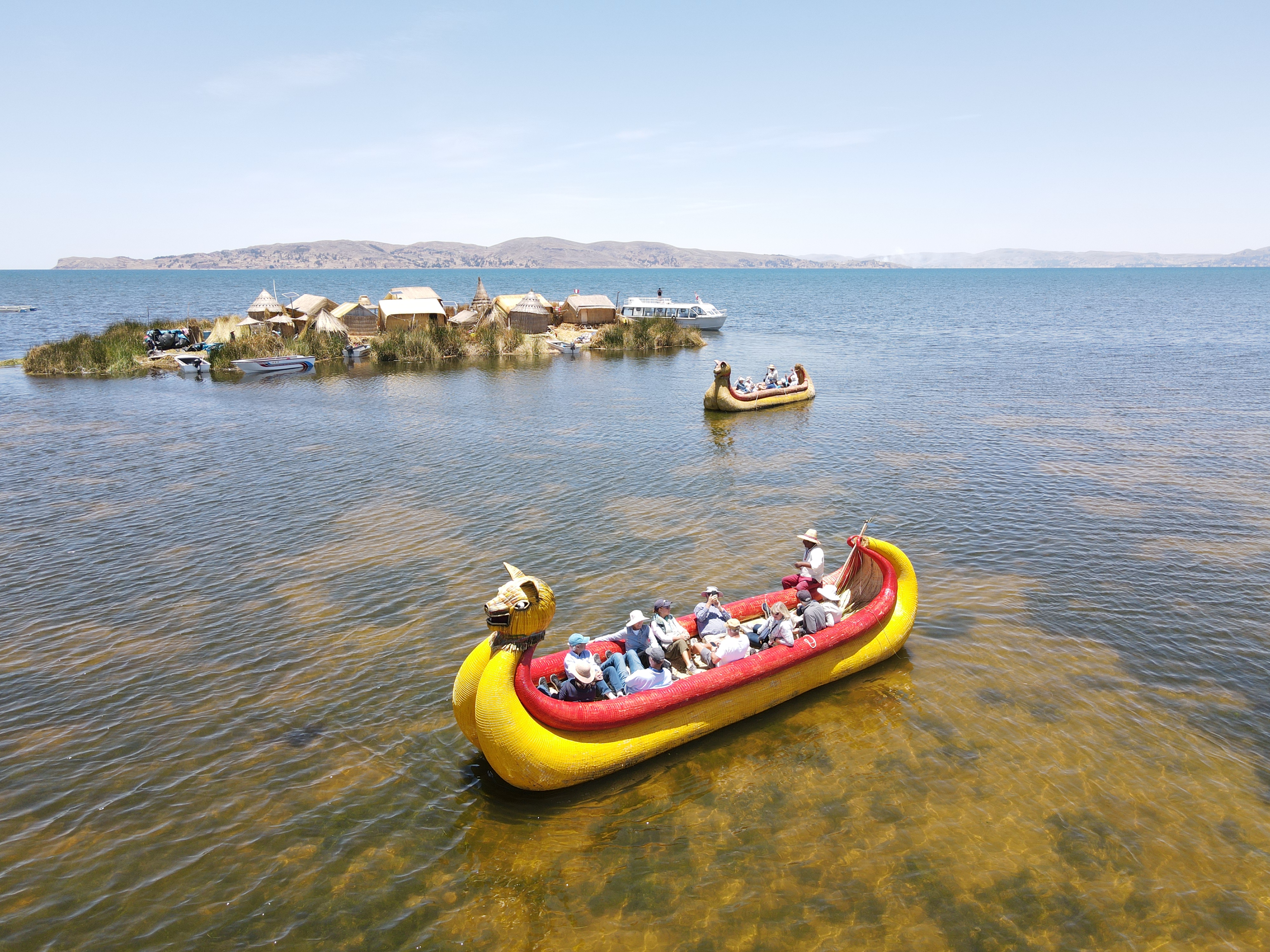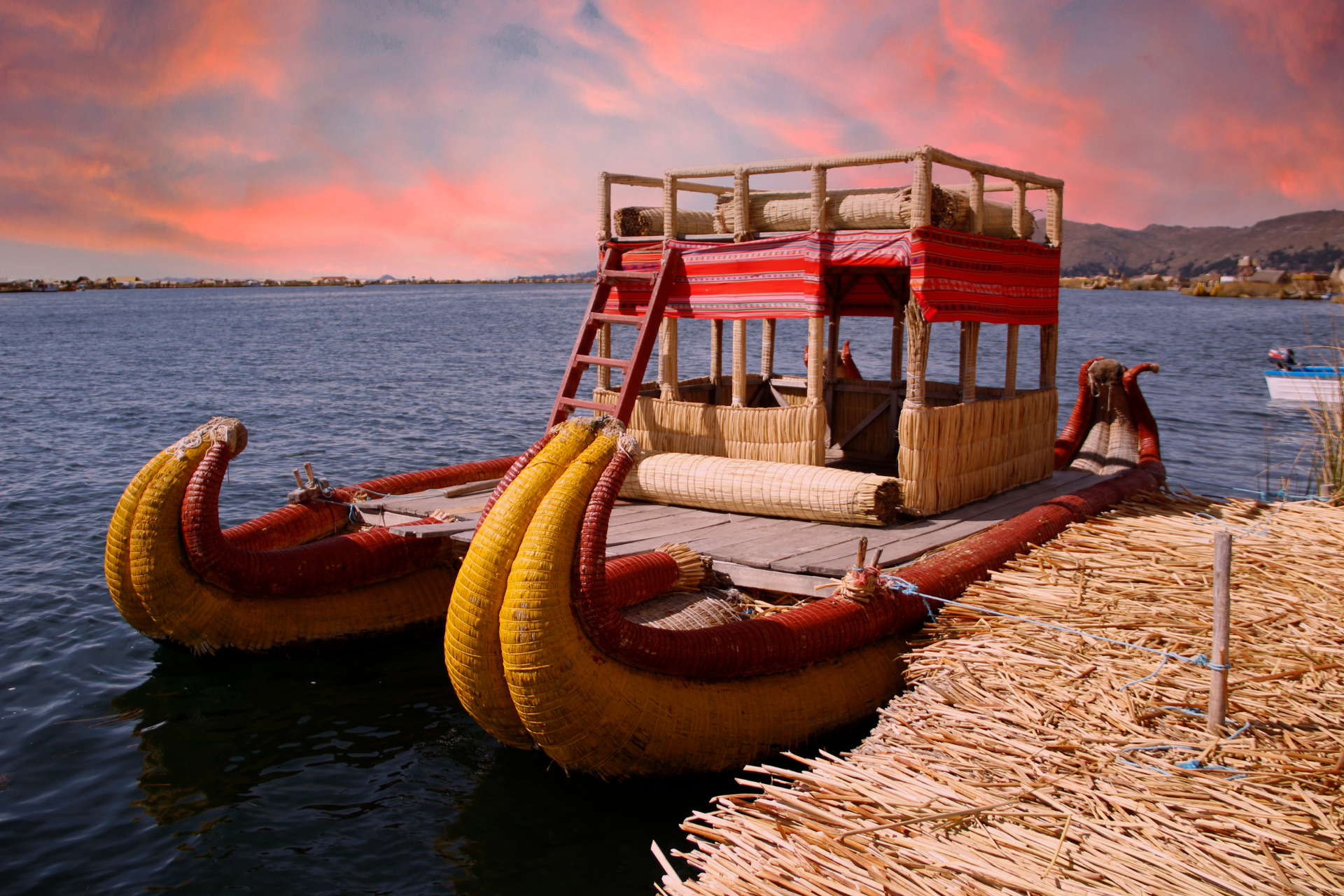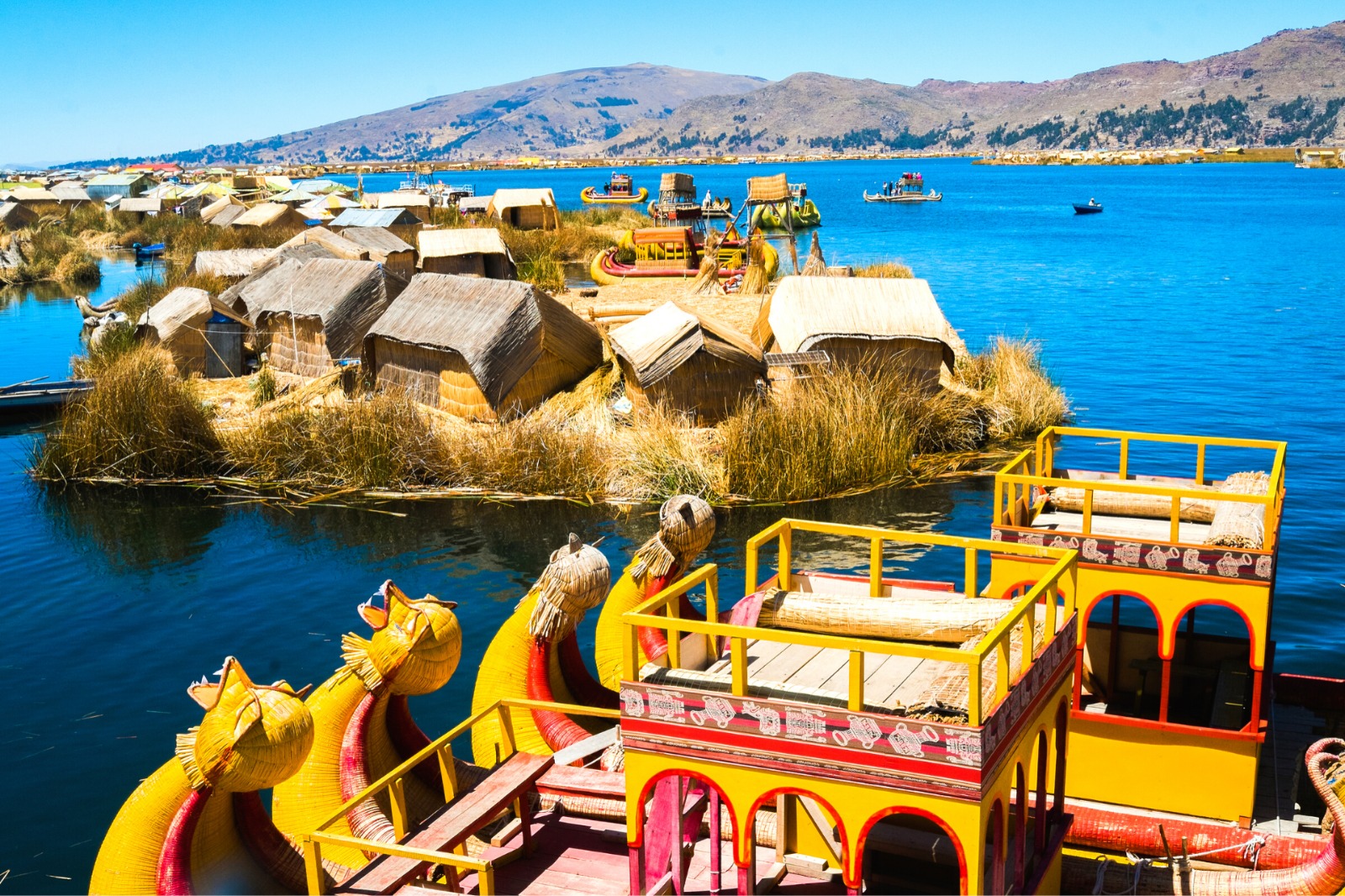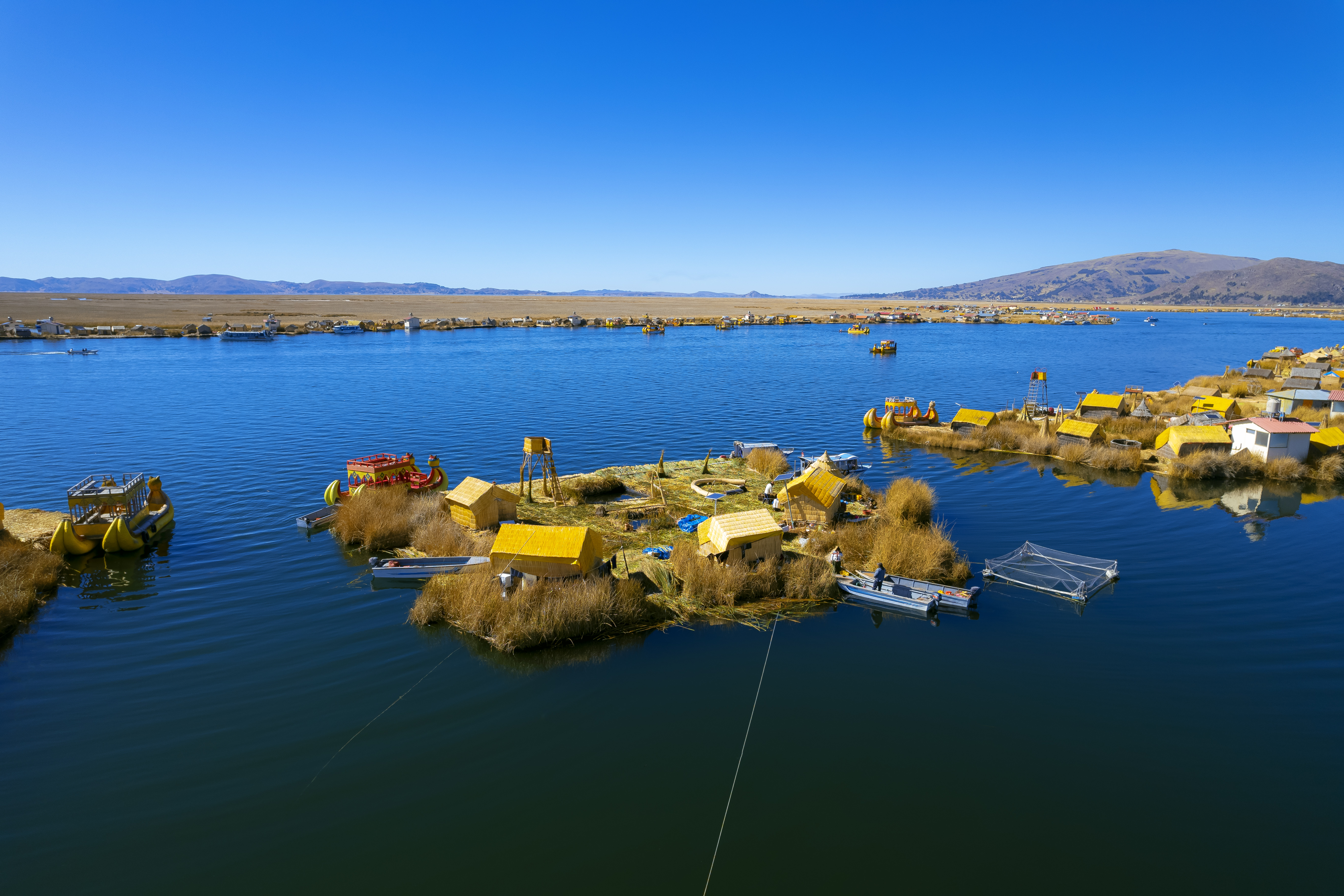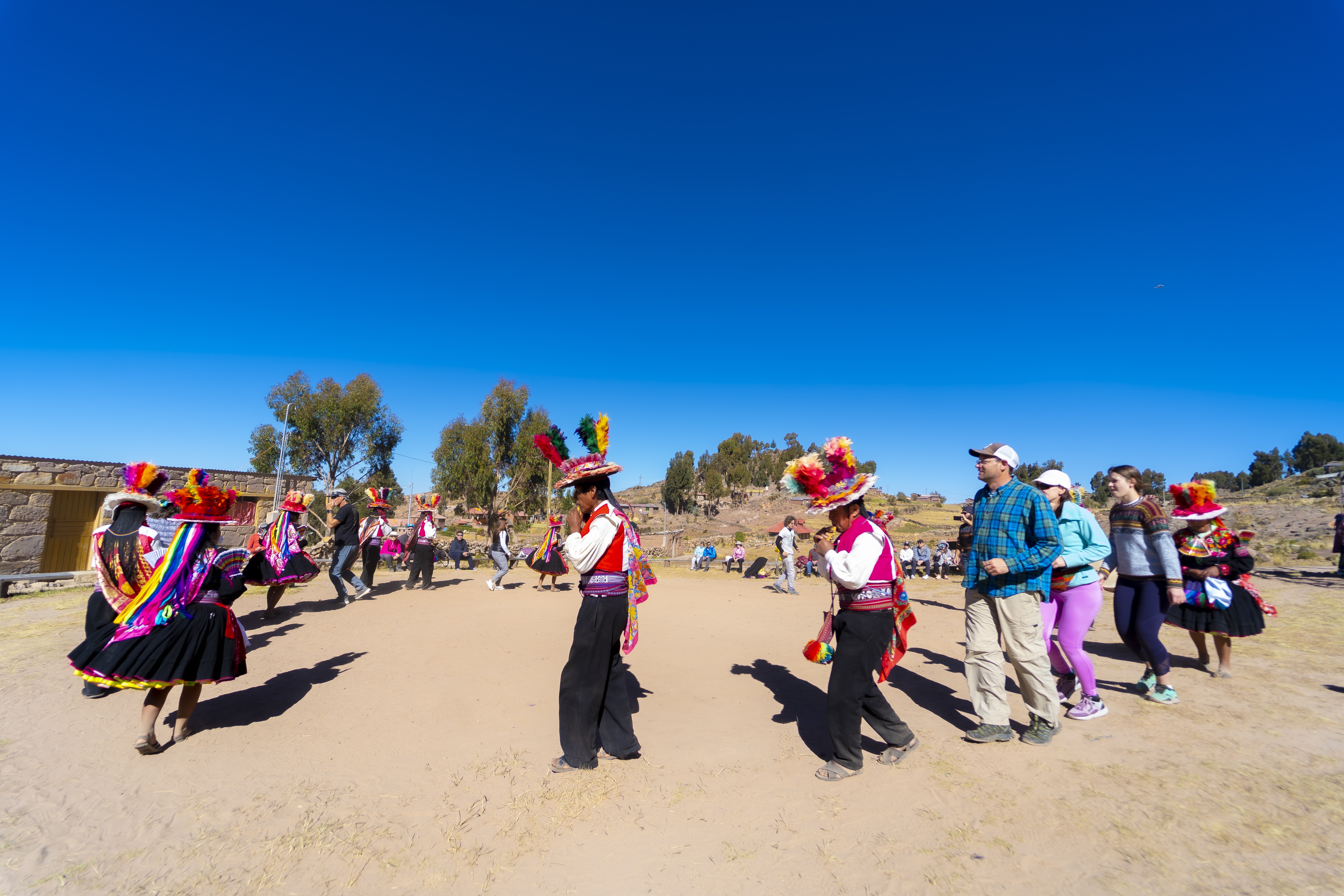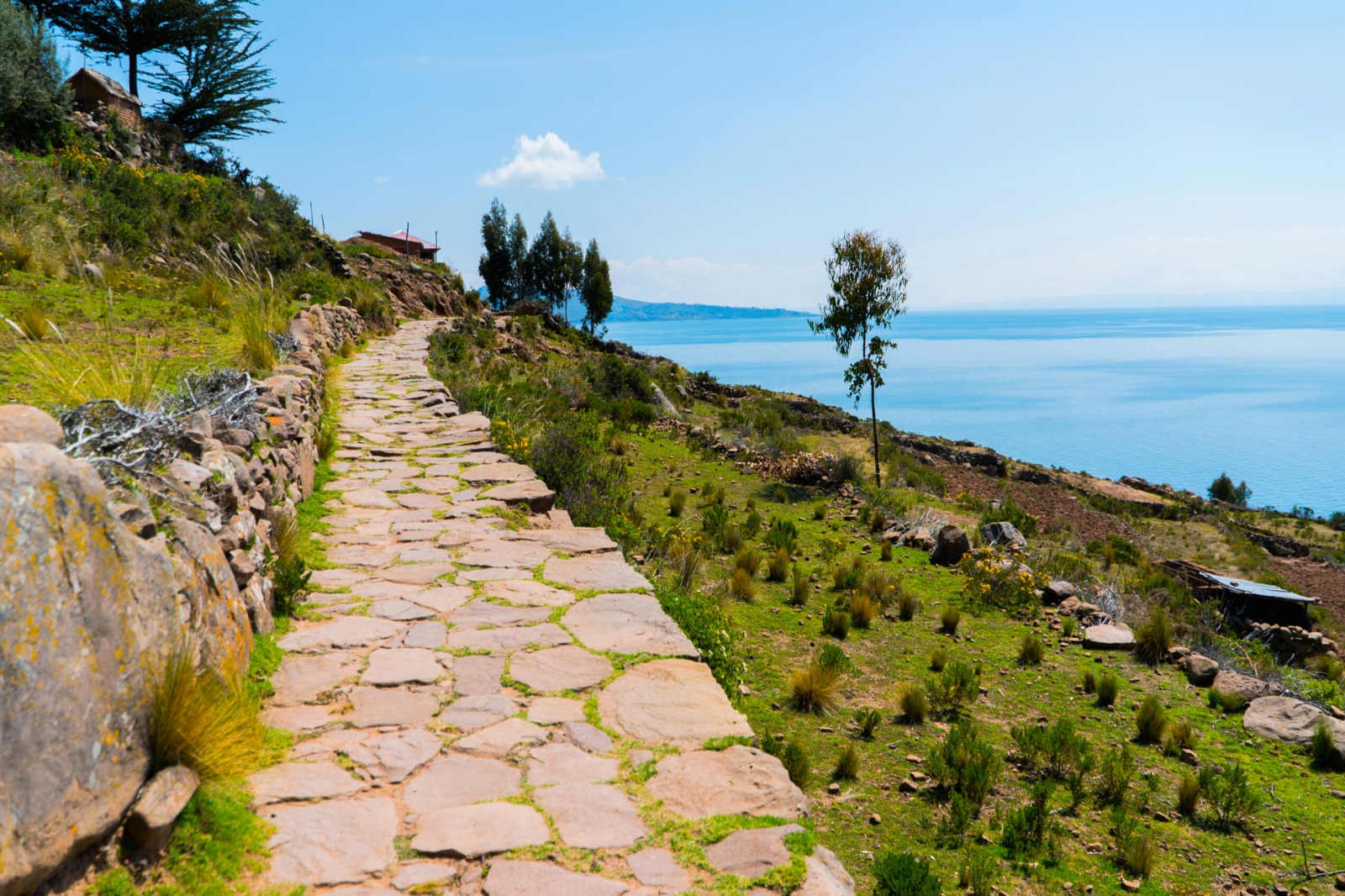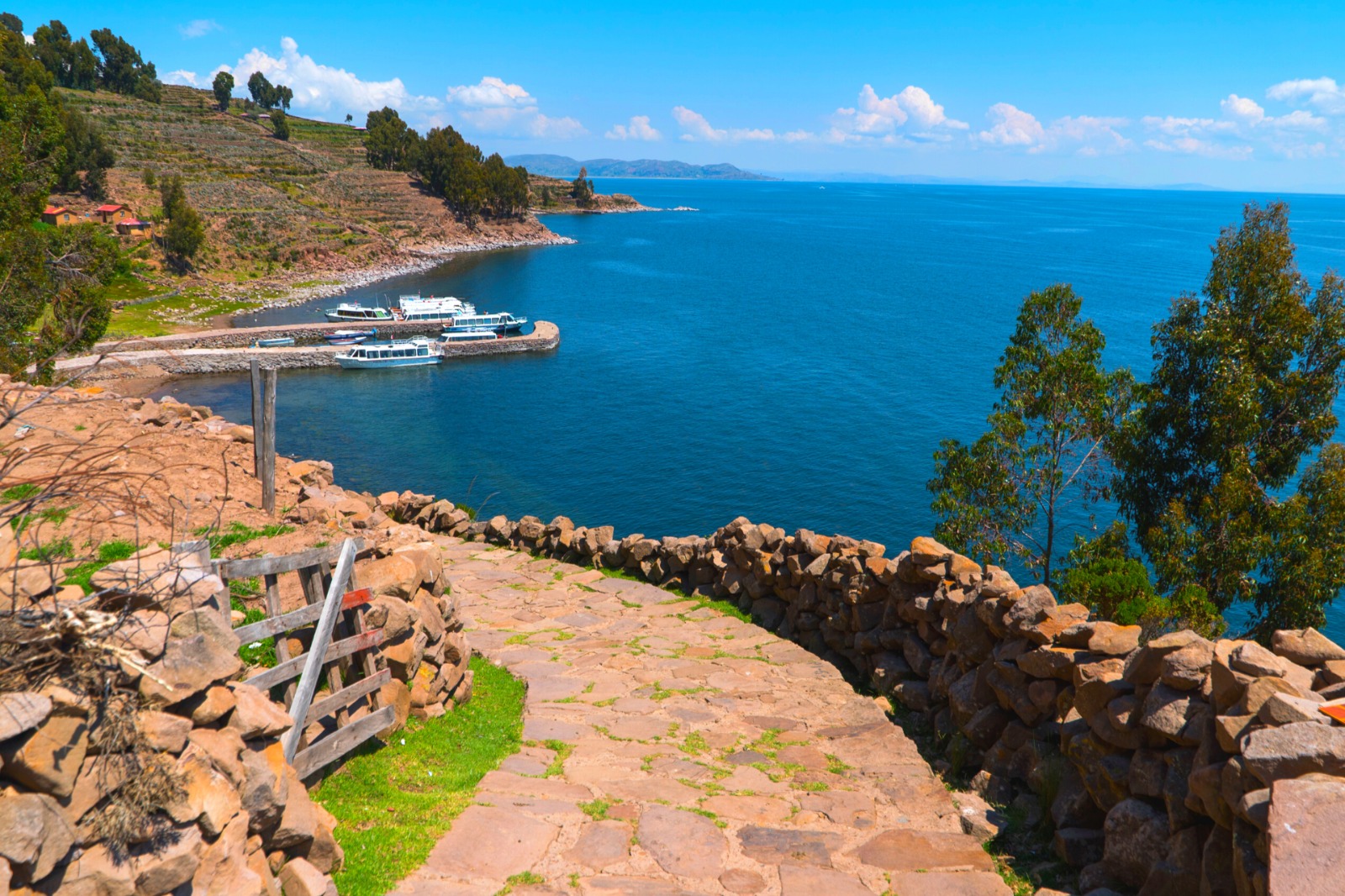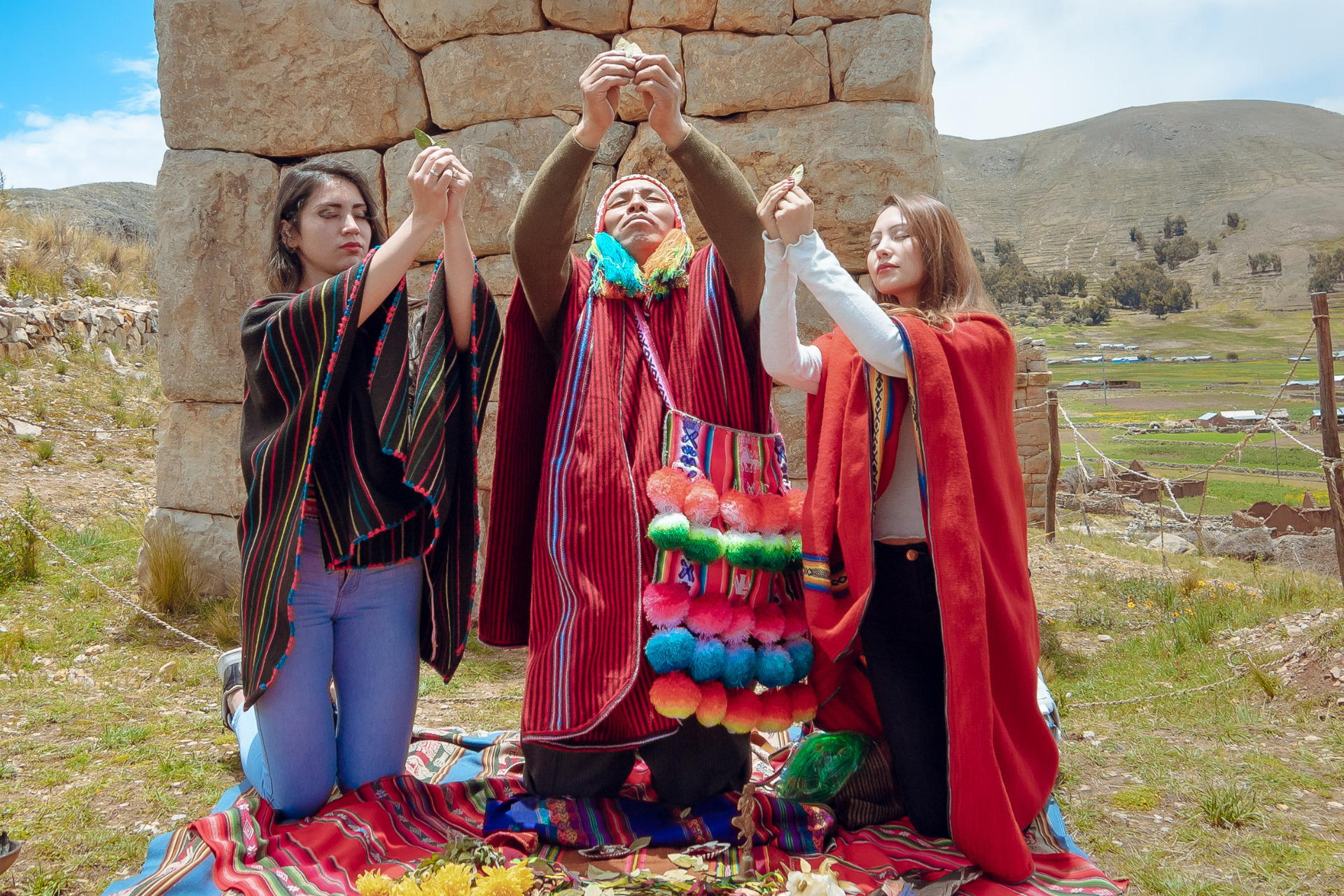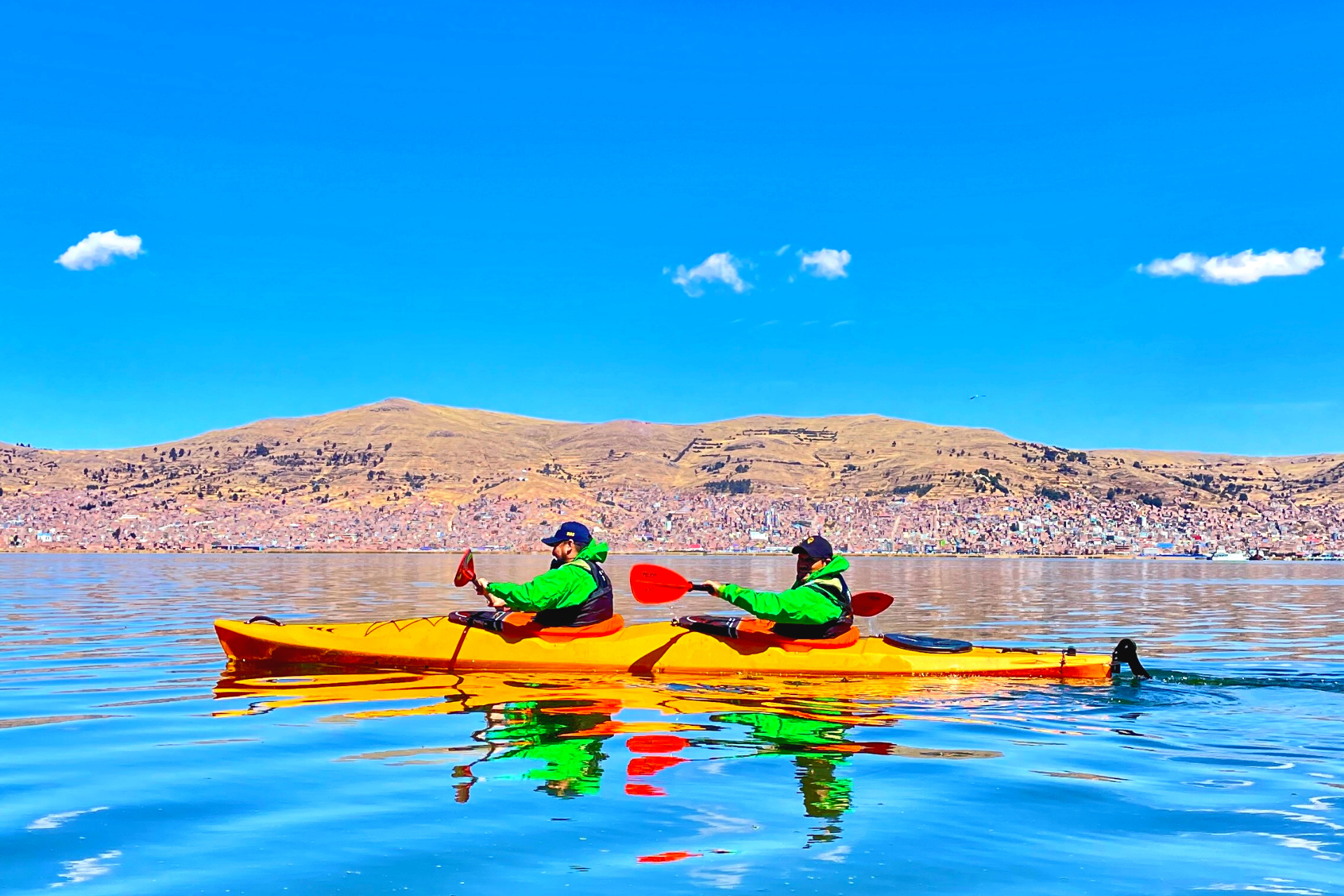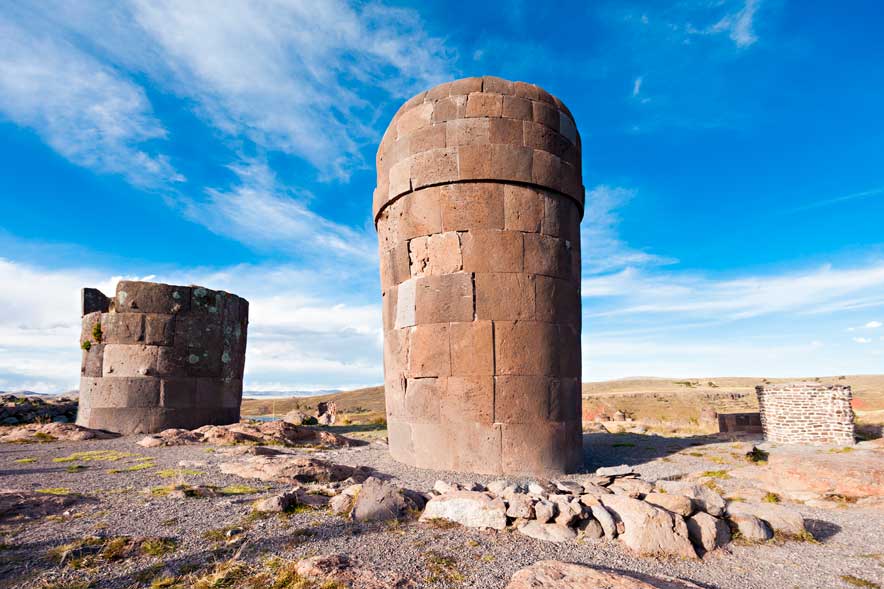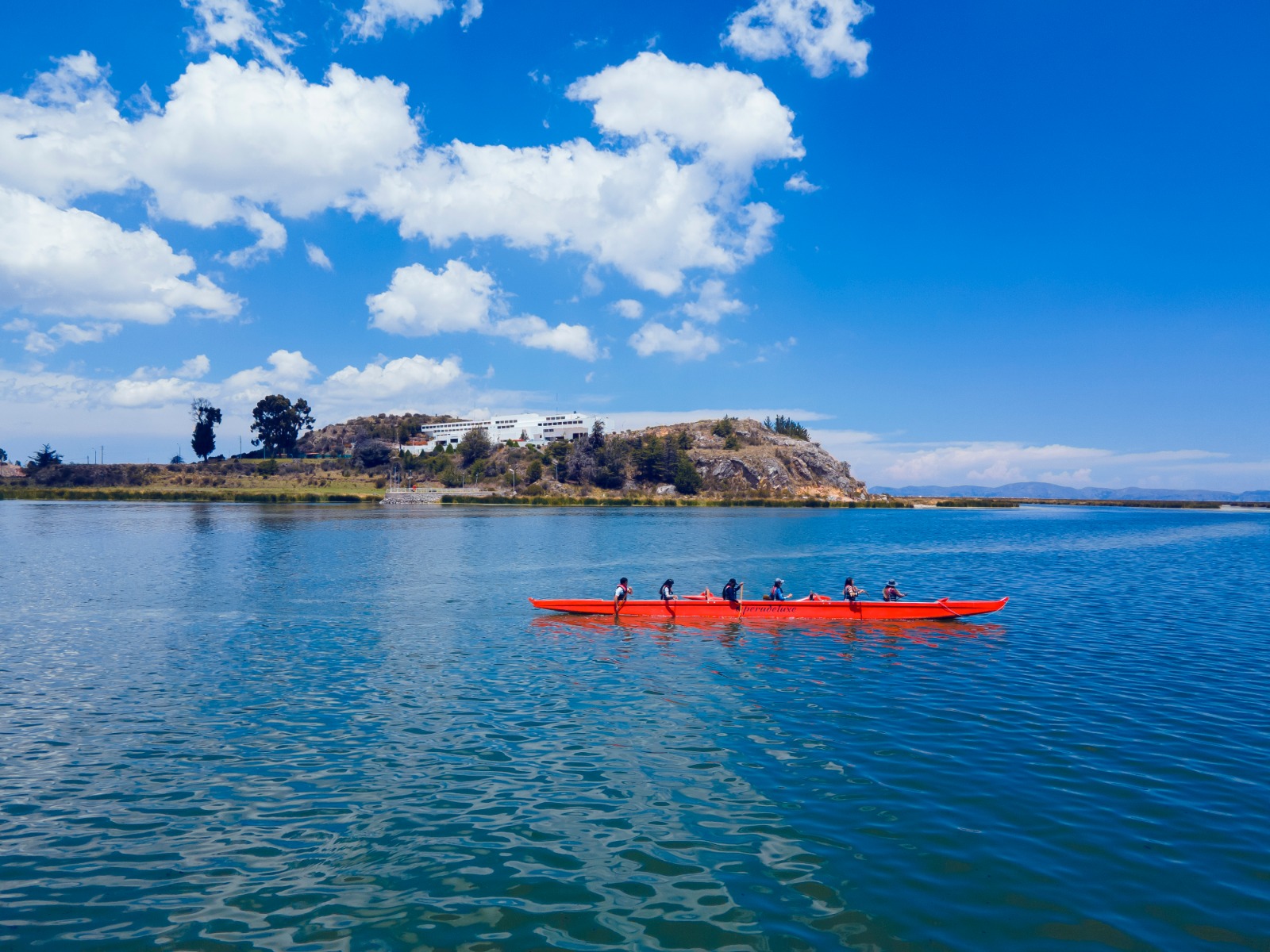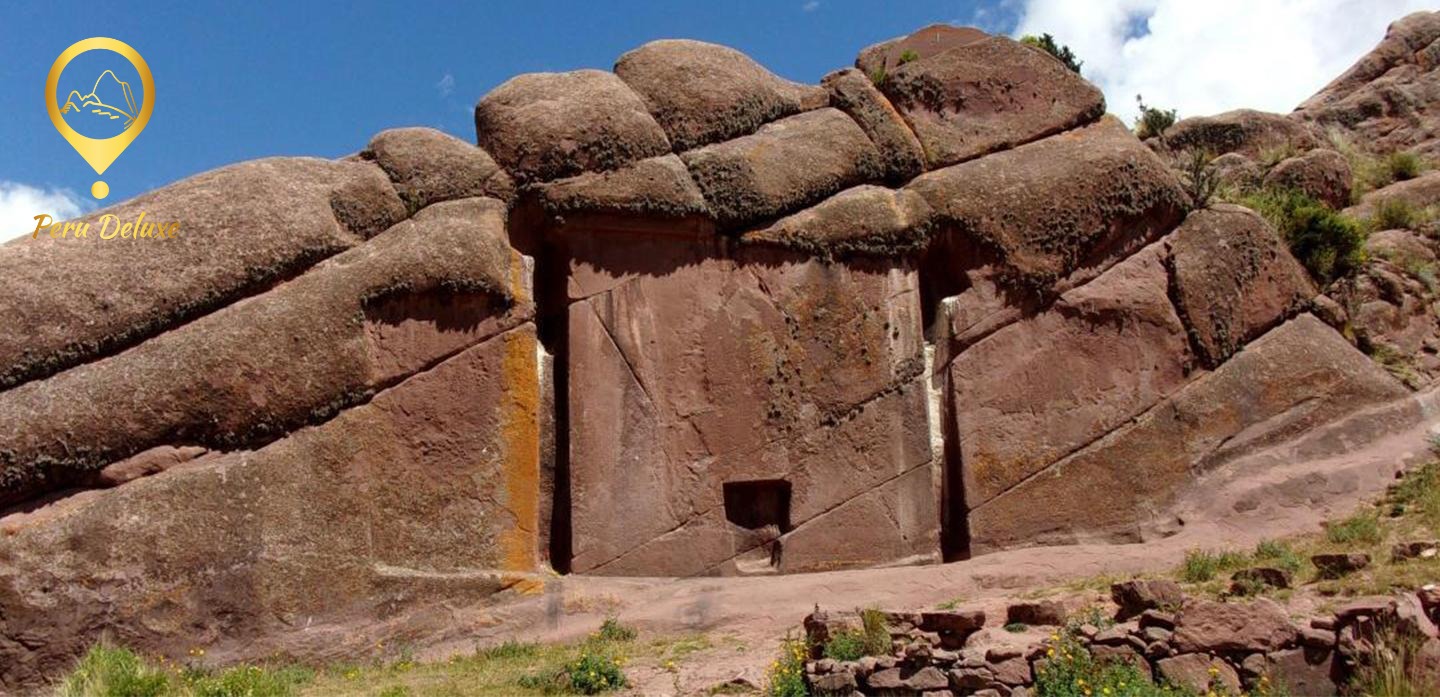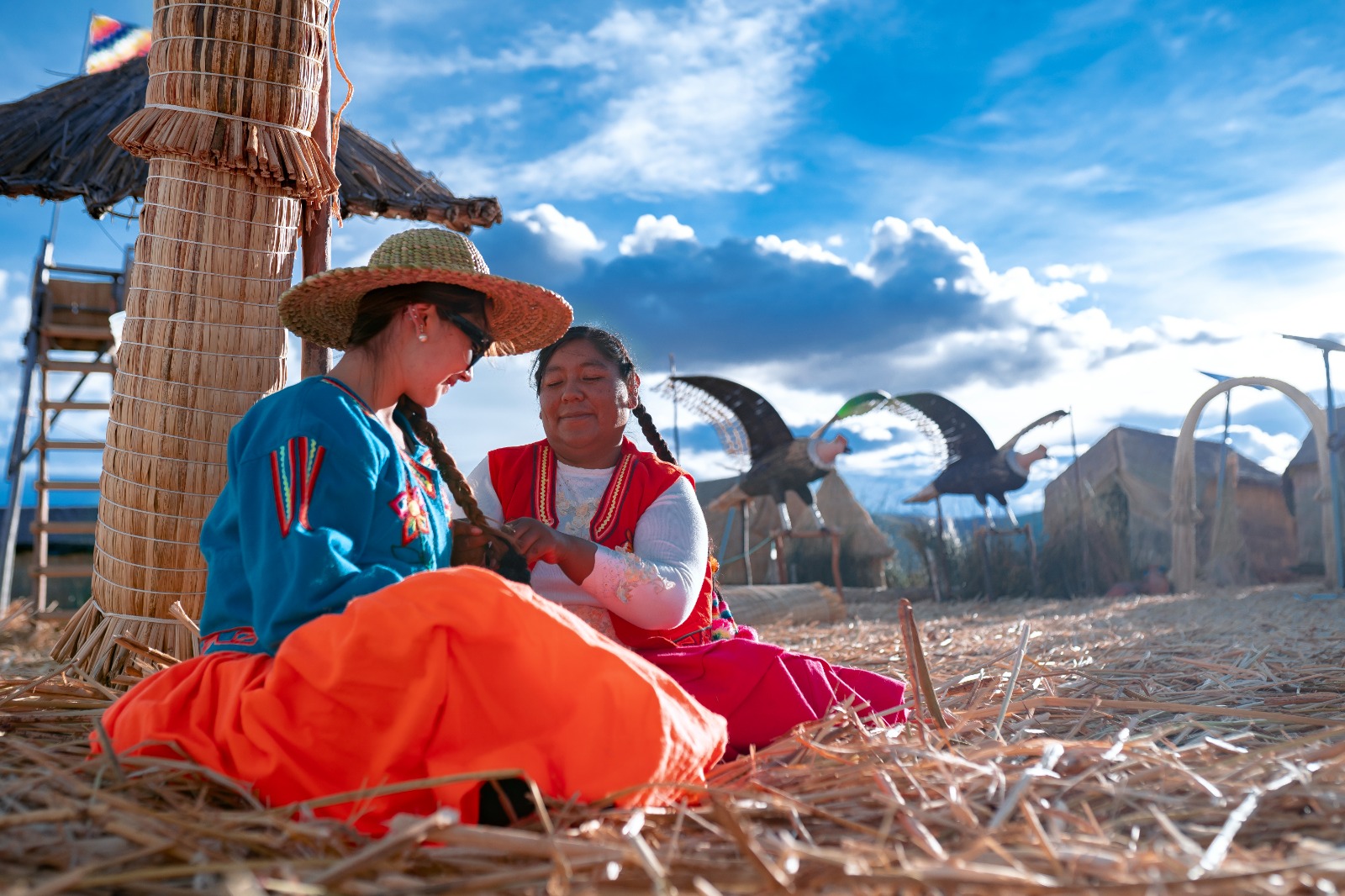The city of Puno, located in southern Peru, is privileged on the shores of Lake Titicaca, one of the largest lakes in South America and the highest navigable body of water in the world. The city is a regional commercial hub and is also considered the "folk capital" of Peru, for its traditional festivals with lively music and dance performances. Highlights in the city are the Cathedral of Puno, an Andean construction in a baroque style, the viewpoints with spectacular views of the city and Lake Titicaca as well as its traditional markets full of color and local customs.
In the Puno Region the oldest urban center in the area was organized, called Pucará, with monumental architecture, sculpture and valuable ceramics. There, the entire previous stage of domestication of high Andean plants and animals culminated and what would become the Tiahuanaco civilization was later forged.
At the end of the 16th century, the south of Puno was under the government of the Lupacas, whose development achieved great advances in agriculture, livestock, social organization and culture.
Formerly known as the "City of Silver", due to the existence of abundant mines of this mineral in the surroundings, which is why the brothers Jose and Gaspar Salcedo held fights in the old town of San Luis de Alba causing the arrival of Viceroy Conde . de Lemos which made Puno the capital of the province of Paucarcolla, at the same time changed its old name from San Juan Bautista de Puno to Villa de la immaculada Concepción and San Carlos de Puno on November 4, 1668.
Without a doubt, Puno and its surroundings will leave you dreaming of its magical sunsets, its intriguing historical development, its variety of customs, the great mosaic of traditions, dances, music and the presence of Lake Titicaca that keeps in its history the development of the most amazing cultures of the highlands and still shelter populations that jealously guard the ancestral heritage of their ancestors.
